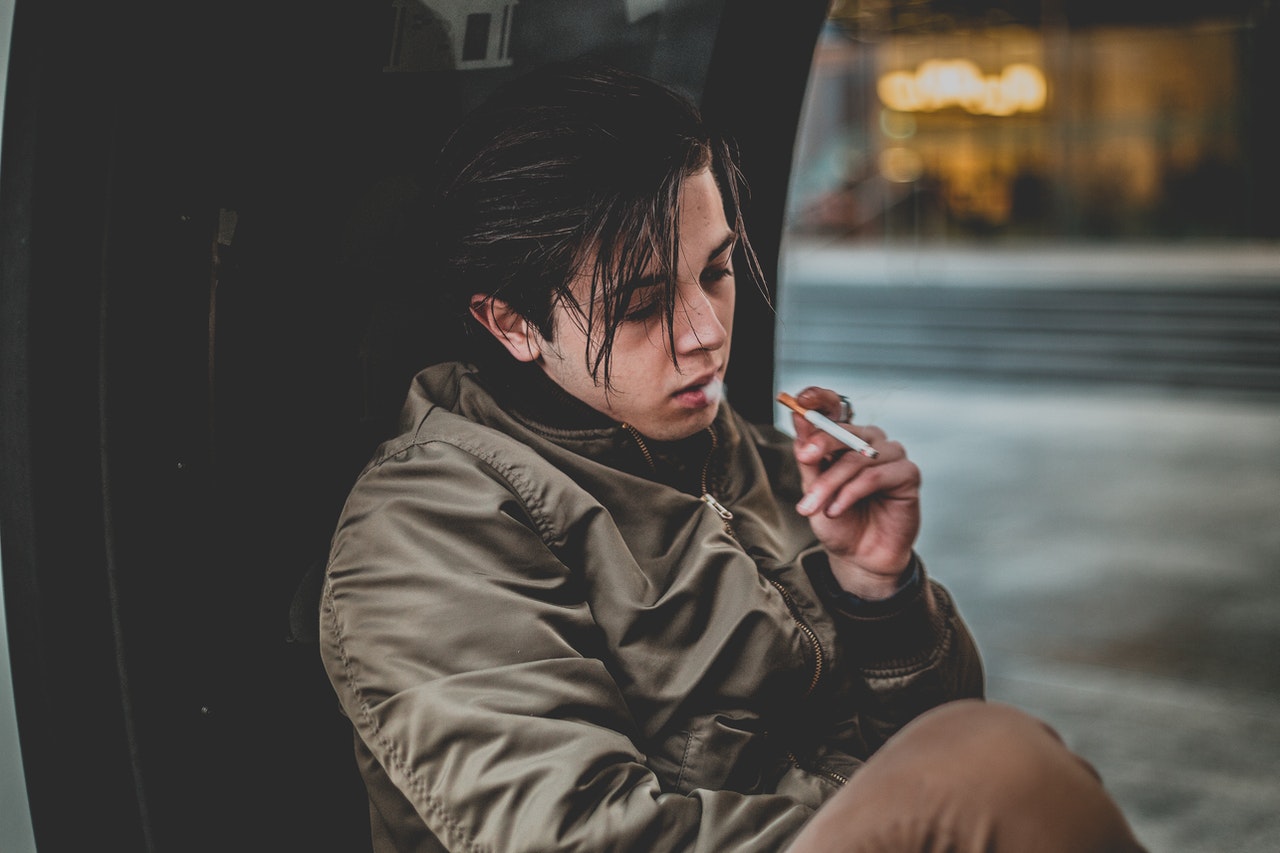How can a non-smoker develop the risk of having smoker’s lung cancer? Can passive smoking become life-threatening for a non-smoker? While smoking isn’t the only cause of lung cancer, it is a fact that smoking is the leading cause associated with the disease.
When a person smokes, toxic substances (carcinogens) immediately start to affect the lung tissues. At first, the lungs might be able to manage the damage but it can eventually slow down the process and develop into cancerous cells. Often these cells grow uncontrollably, causing tumors that lead to breathing issues and chest infection as early symptoms.
For non-smokers, it is overwhelming to get infected from lung cancer. It is believed that quitting smoking improves the ability to survive lung cancer, increase strength to prevent respiratory infections, and boost overall health. Not only this, it protects people around you from the risk of certain lung infections.
However, it is important to understand the disease, its significant risk factors, along with its effect on non-smokers.
Effects of Smoking on your lungs and airways
Smoking cigarettes can adversely affect your lungs and airways. In early stages, you can become prone to nasal infections, chronic cough, pneumonia, and bronchitis that can last for a short period but aggravate life-threatening conditions like emphysema, lung cancer, or other diseases like COPD (Chronic Obstructive Pulmonary Disease). The toxins exhaled act as an environmental factor (second-hand smoke) for non-smokers.
1. Develops mucus and infection
Inhaling smoke induces mucus producing cells in your airways that can reach up to lungs. As a result, the excess mucus clogs the airways causing chronic cough issues in a person. This extra build-up of mucus hampers functioning of the lungs in cleaning up and increases the risk of catching more infections.
2. Less Airflow
With each drag of smoke, your lungs become more prone to inflammation and irritation. Gradually, due to infection the cells and tissues of your lungs damage and decrease the air spaces and blood vessels restricting the normal oxygen flow to the critical parts of the body.
3. Lesser amount of Cilia
Our bronchus is enclosed with tiny broom-like hair-lined projections called cilia, which prevent lungs from certain infections while moving microbes up and out of the airways, explains a Senior Pulmonologist at AMRI Hospitals. Smoking slows down the movement of cilia which restrict lungs from cleaning on their own. In the case of chain-smokers, the risk of reduction of cilia increases, which gives space to infection cells to stick and mutate in the airways.
Along with smoking, breathing in dangerous, toxic substances can put the same stress on your lungs. For non-smokers the risk increases when they come in contact with the exhaled smoke of the smokers, known as second-hand smoke.
What is second-hand smoke?
Second-hand smoke is an amalgamation of smoke coming out of a burning cigarette or cigar and smoke exhaled by the smokers. Well, this smoke has detrimental effects on the health of both smokers and non-smokers. It’s a misconception that one can be safe around risk-free levels of exposure; toxins spread in the air are harmful for everyone. However, you can implement some measures to avoid the exposure to second-hand smoke in your everyday life.
Is secondhand smoke a problem?
Yes, second hand smoke has the same toxins that smokers inhale. When a non-smoker breathes in second-hand smoke, they can experience acute to serious health problems such as
· Wheezing
· Shortness of breath
· Constant cough
· Increased mucus
· Pneumonia
· Chest infection
· Cardiovascular problems
· Stroke
· Lung infection
· Lungs Cancer
Daily exposure to second-hand smoke may even cause lung cancer to non-smokers as well. According to CDC, living or working with someone who smoke, can increases the risk by 30%
Can you avoid second-hand smoke?
Often people hesitate to speak up if someone around them is smoking. No matter if you are out in public or at home, second-hand smoke exposure is equally harmful for your lung’s health. It is always advisable to not smoke near newborns, children, pregnant women, or old people. It is challenging to protect you and your family from secondhand smoke, but you can look out for some of the ways such as;
· If you smoke, then consult a specialist to know the best options for quitting.
· Do not allow people to smoke in your house or car
· Eat at smoke-free restaurants, cafes, or hotels
· Ask baby-sitters, caregivers, house-helps to stop smoking at home.
· Teach your children to stay away from second-hand smoke
Adults have to ensure developing a smoke-free environment for the protection of their families. Try getting rid of second-hand smoke as much as possible.
Prevention
There’s a lot you can do to prevent lung cancer. Firstly, quit smoking at earliest. Quitting reduces the risk of lung cancer, even if you have smoked for years. Talk to your children or family members and let them know the risk factors associated with smoking tobacco. Here are some preventive measures one can follow to minimize the risk of having lung cancer.
· Avoid contracting second-hand smoke
· Avoid exposure of carcinogens at workplace
· Ensure to have proper house ventilation
· Don’t skip on Exercise
· Drink plenty of water
· Include fruits and vegetables in diet
Lung cancer can arise without any apparent cause, but we can ensure to protect ourselves by following some of these lifestyle measures.
